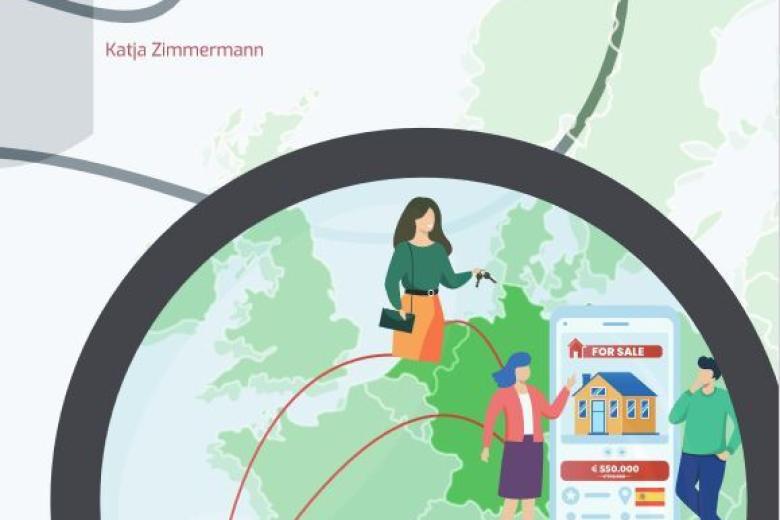The ITEM Cross-border Impact Assessment: Basis for Action
What are the effects of new legislation on border regions? And how does existing law affect border regions?
ITEM investigates these questions in its annual cross-border impact assessment. The activities for ITEM's 2017 Cross-border Impact assessment are in full swing. Click here to see the provisional 2017 dossier selection.
ITEM’s first Cross-border Impact Assessment was published in 2016. The study included 10 dossiers, involved 19 researchers and has resulted in over 300 pages of valuable research for border regions. The Cross-border Impact Assessment 2016 featured subjects ranging from taxation to road tolls and highlighted the border effects of existing and prospective legislation. However, things did not stop there. The ITEM Cross-border Impact Assessment 2016 has proven to be the basis for further action and research aimed at improving cross-border labour mobility.
Several dossiers from the 2016 Cross-border Impact Assessment are being followed up on. For instance, ITEM organised the second Employer Symposium (Werkgeverssympposium) in cooperation with the Holland Expat Center South, Grensinfopunt Maastricht and City Deal Eurolab as a follow-up activity to Dossier 4 on Social Security. This information session was aimed at cross-border sick leave between the Netherlands and Germany. Another follow-up activity to this Dossier will be an expert workshop on the Commission’s proposal amending Regulations 883/2004 and 987/2009 in 2017. Further information will be published on the ITEM website in due time.
The dossier subjects of the 2016 ITEM Cross-border Impact Assessment are still topical. Dossier 8 analysed the role of the Dutch National Employment Service UWV in cross-border job mediation. This subject has led to action elsewhere as well. In its report, the Action Team (Actieteam) GEA identified eight actions to be taken in 2017 to improve cross-border job mediation.
The 2016 ITEM Cross-border Impact Assessment also forms the basis for further research. Dossier 2 on the Recognition of Professional Qualifications, for example, showed that there are no separate procedures acknowledging the unique situation of frontier workers. In this context, ITEM has started a feasibility study for a cross-border professional recognition card. The purpose of this study is to design an instrument that allows recognition procedures in border regions to be as quick and efficient as possible.
Finally, some dossier subjects required further research. This year’s ITEM Cross-border Impact Assessment will again feature, among others, the Dossier on the Netherlands-Germany Tax Treaty and the Dossier on Social Security.
Also read
-
ITEM Cross-Border Impact Assessment 2021 published
Due to the Corona crisis, also many cross-border workers are forced to work in their home country. They have been asked not to cross the border to come to their office situated in the neighbouring country. At the moment, this is only possible because the Dutch, Belgian and German governments have...
-
Success factors for cross-border real estate transactions: information and patience
Buying a house abroad, with the complex procedures of rules and formalities that apply in the world of real estate transactions, one might wonder: what obstacles might I encounter? In her dissertation, Katja Zimmermann examined the operation and obstacles of various land registration systems. Her...
-
ITEM focal point taken up: addition to Dutch qualification policy for German social insurance schemes
The Dutch Ministry of Finance has updated the guideline on the tax qualification policy of foreign social security schemes. According to expertise centre ITEM, the addition concerning certain German social insurances is a positive development, which is in line with their vision and commitment in...